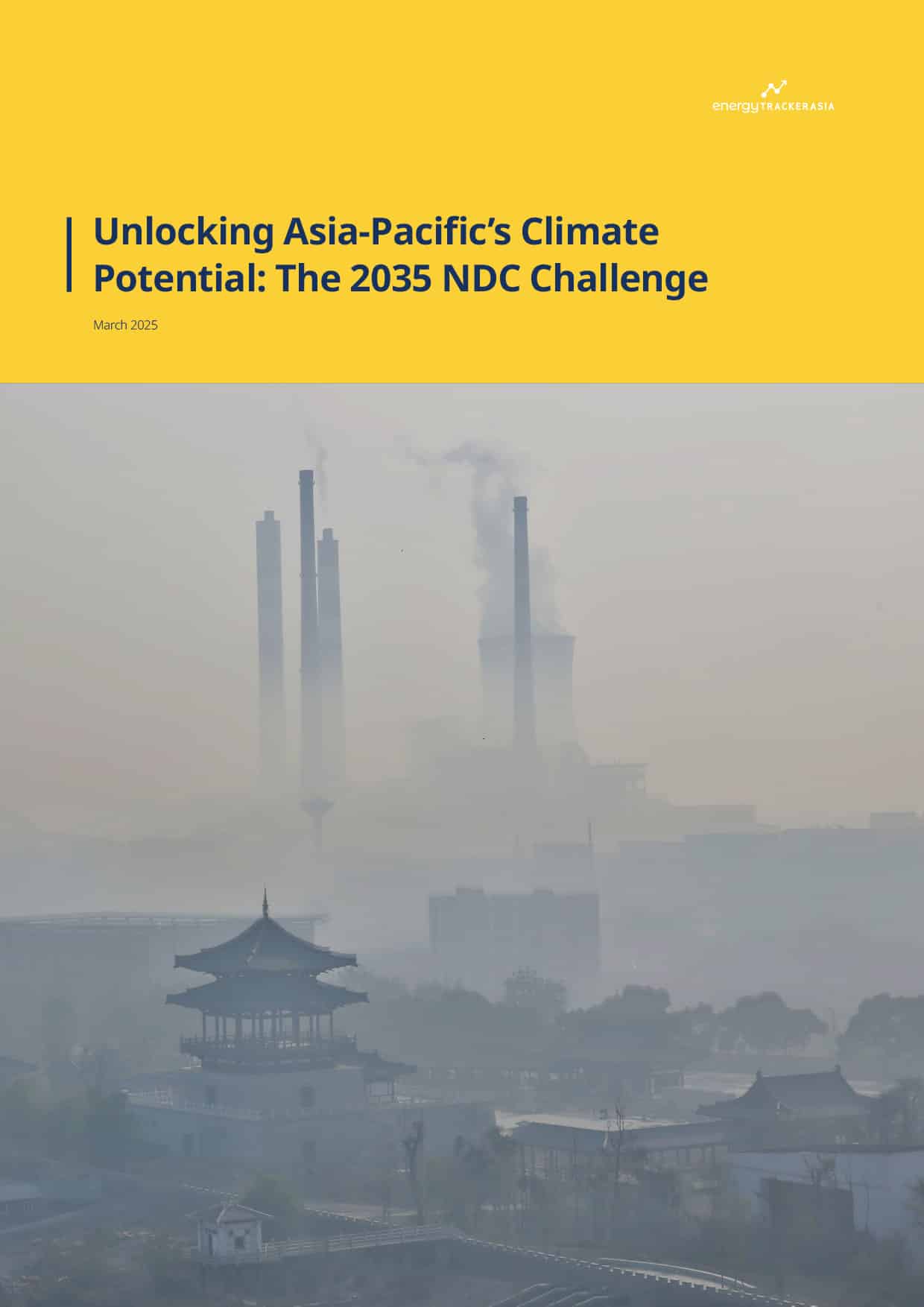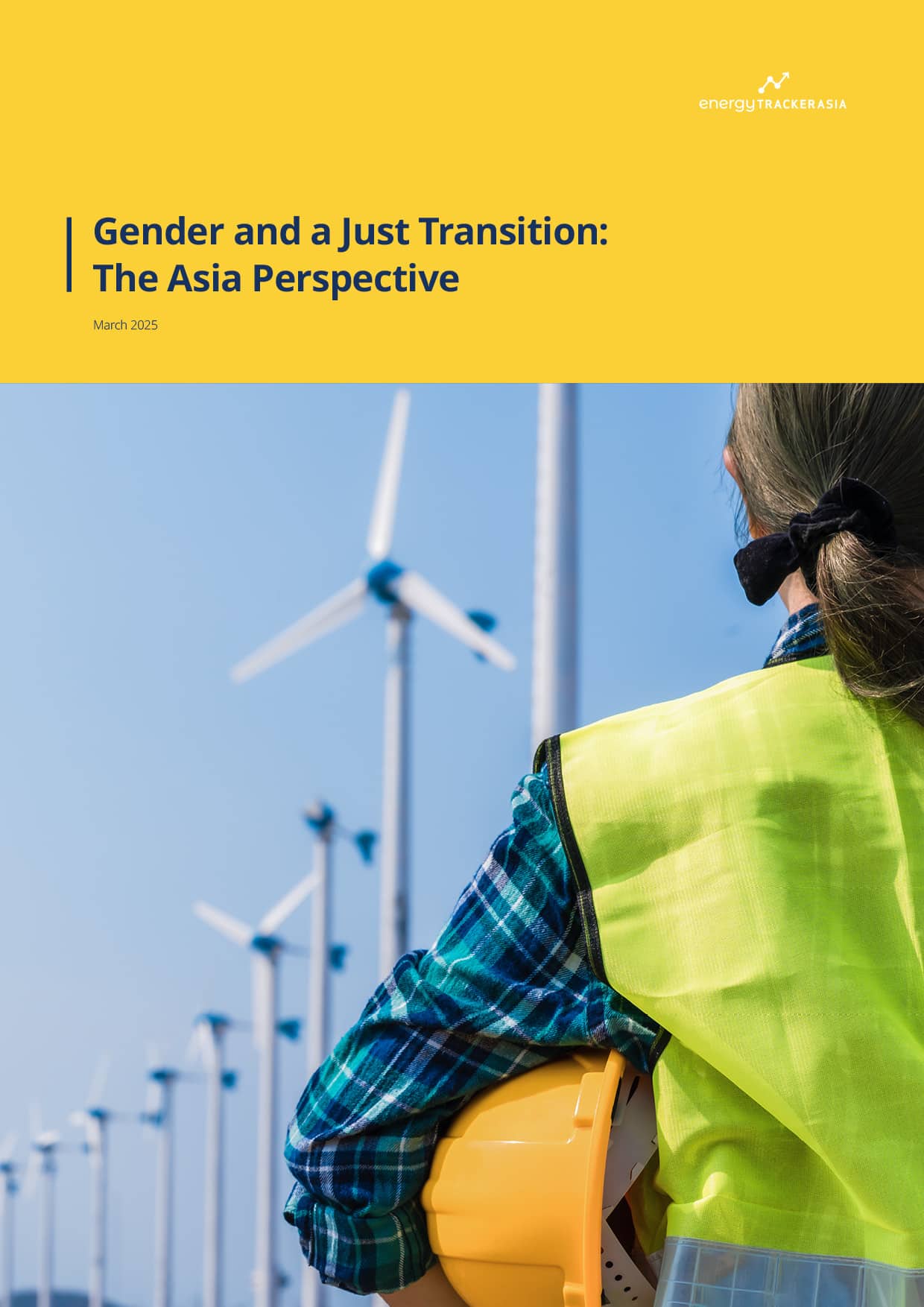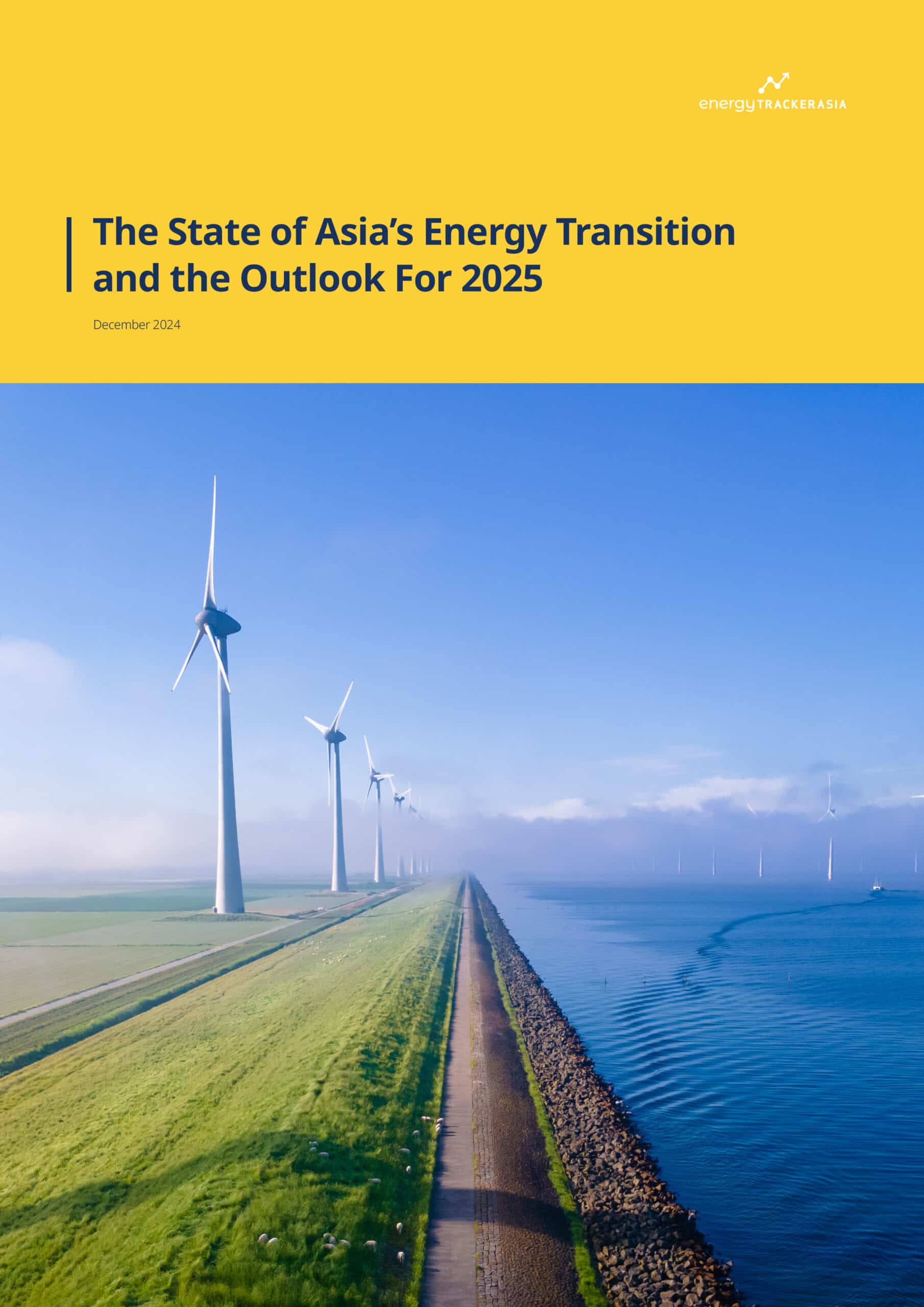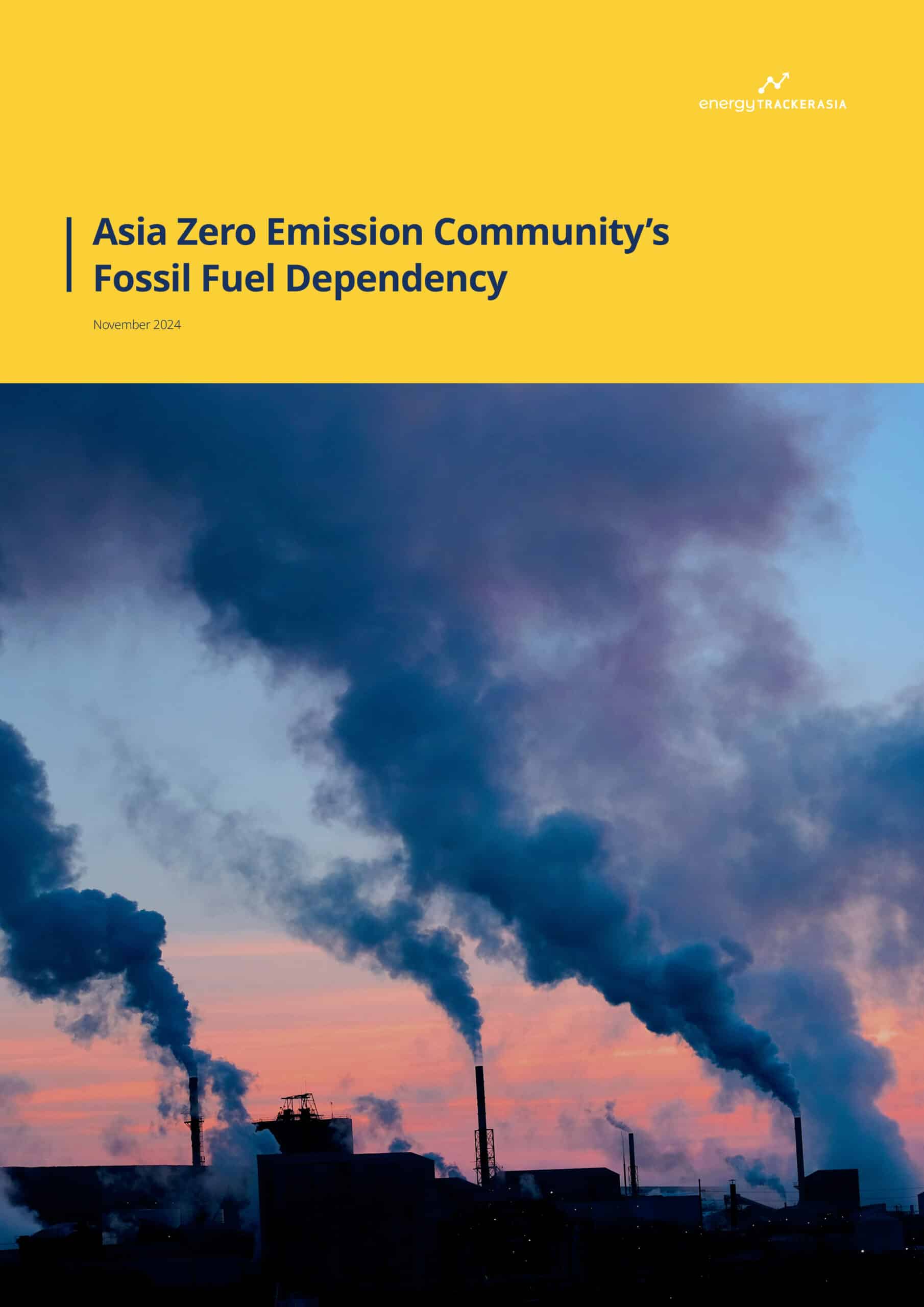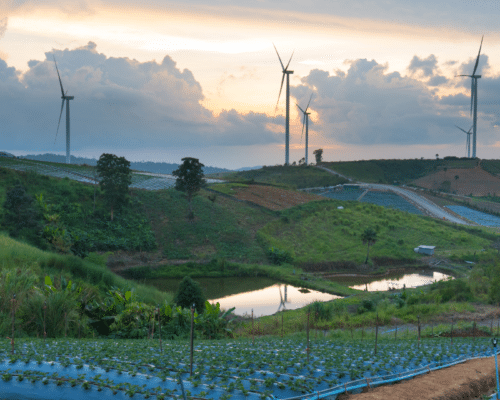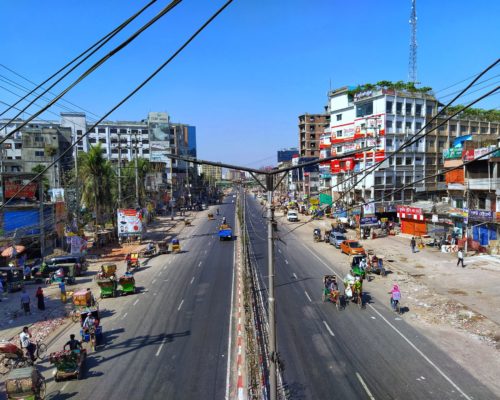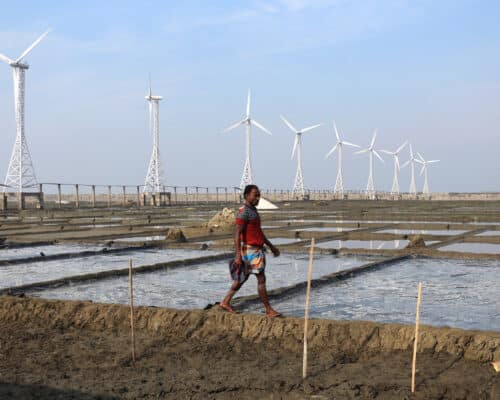While Fossil Fuels Volatility Increases, Battery Storage Gets Cheaper, Making Solar Power Always Available
22 July 2025 – by Viktor Tachev
The significant volatility in fossil fuel prices is again in full swing as a result of Middle East instability. Oil and gas import-dependent countries that remain reluctant to accelerate their clean energy transition progress are exposing themselves to “fossilflation,” or inflation driven by fossil fuel price fluctuations. While many Asian nations have already suffered the economy-wide impacts of fossil fuel import dependence, plans for massive investments in new import infrastructure remain in place. However, considering that solar power has become the cheapest source of electricity and the latest findings that it is now available 24 hours, 365 days a year thanks to battery storage advancements and decreasing costs, the arguments for accelerating the transition are becoming too big to ignore. The countries yet to submit their NDCs can use this opportunity to pledge more ambitious decarbonisation targets, while also protecting their economies and improving energy security.
Geopolitical Tensions Risk Increasing Fossil Fuel Costs For Import-dependent Countries
A recent study by Zero Carbon Analytics indicates that the escalating regional conflict in the Middle East risks causing spikes in oil and gas prices. Instances of high fossil fuel prices, such as in 2021 and 2022 in Europe, Asia and the US, had previously fueled inflation and exacerbated the cost-of-living crisis. In Europe, for example, the increase in gas prices was responsible for 36% of the inflation, while in the US, it fueled a third. In fact, in Europe, research showed that on average, 50% of year-on-year inflation in 2022 was directly due to energy, mainly fossil fuel price increases.
This came despite governments’ efforts to alleviate the situation through costly compensation measures in their state budgets. Since September 2021, experts estimate that European countries have allocated EUR 651 billion (USD 760 billion) to protect their populations from rising costs. The Japanese government introduced a stimulus package of over JPY 25 trillion (approximately USD 170 billion) to compensate for rising electricity and gasoline prices.
Zero Carbon Analytics’ research concludes that countries that want to protect their economies should prioritise homegrown renewable energy sources. The experts note that regions rich in solar and wind energy capacity have proven more resilient to price shocks and are better prepared to withstand energy crises.
The International Energy Agency (IEA) also states that the transition to a more electrified, efficient and renewables-rich energy system will reduce overall exposure to fossil fuel price volatility. The reasons are that renewable energy costs are more predictable than those of fossil fuels. For example, while renewables may require upfront investments, they incur no power generation costs, thereby removing a key aspect of the price volatility associated with fossil fuels. Due to the absence of fuel costs, renewable energy producers can afford to enter into long-term fixed-price contracts.
For example, after Russia’s invasion of Ukraine and the following energy crisis, solar and wind energy have helped European countries save over EUR 100 billion between 2021 and 2023. A few years back, a joint study by Ember and CREA found that solar generation helped seven Asian nations, including China, India, Japan, Korea, Vietnam, the Philippines and Thailand, avoid USD 34 billion in fossil fuel costs between January and June 2022.
According to IRENA, in 2022 alone, the renewable energy capacity added since 2000 helped reduce the global electricity sector’s fuel bill by USD 520 billion.
Notably, the latest research by Ember now dismisses the often-cited arguments that clean energy is unreliable and requires huge grid investments, which fossil fuel supporters have used to derail the transition, ultimately proving that renewables are both a cost-efficient and a reliable choice.
Ember: Battery Storage Cheaper and More Reliable Than Ever, Enabling Solar to Run 24 Hours a Day
While solar has already proven to be the cheapest electricity source, new research by Ember now finds that improvements in battery storage technologies have made it possible to provide a stable supply every hour of every day of the year by turning daytime generation into round-the-clock electricity. The researchers find that the sunniest regions in the world can now get as close as 97% of the way to 24 hours of daily solar. Of the analysed Asian cities, Manila performs the best, with a result of 92%.
Even cloudier cities are found to be able to run on solar plus storage across the majority of the year. This is especially important for industries that require an uninterrupted power supply, such as data centres and factories.
Importantly, due to the ever-dropping battery storage costs, continuous generation is possible at costs below those of coal or nuclear power. As a result, getting to 97% of the way to 24 hours of solar daily in sunny cities now costs just USD 104 per MWh. This is a 22% lower cost than a year earlier.
According to BloombergNEF, battery storage costs dropped by 40% in 2024 alone, reaching a record low of USD 165 per kWh. In fact, over the previous four years, the LCOE of solar and battery had fallen by a total of 28%. Experts believe the trend will continue in 2025 as well.
Among the reasons are the reduced maintenance and installation costs, as well as recent innovations that have made it possible for battery storage technologies to avoid using critical minerals like cobalt and nickel. Furthermore, they are now receiving extended guarantees of up to 20 years, and, according to Ember, have become safer than ever, with fire risk improving by 100-fold since 2019.
The report’s authors note that no further breakthroughs are needed. Instead, they suggest scaling what already works. And while 100% solar energy might not be economically viable in all use cases and locations, the researchers conclude that based on current prices, an optimal solution could be a system that provides a constant supply of solar electricity for 60 to 90% of the time. This would guarantee cheap, low-carbon solar power most of the time, enabling flexible electricity use through the night or during high-price hours. The experts note that widespread deployment of such systems would allow for a significant reduction in the required grid investments. This would help overcome one of the biggest challenges to the adoption of clean energy.
“This is a turning point in the clean energy transition,” said Konstantsa Rangelova, a global electricity analyst at Ember, on account of the findings. “The change is new — the costs and quality of grid batteries have improved so much in the last 12 months. Now it’s time for policy and investment to catch up.”
The 2035 NDCs Offer Asian Governments an Opportunity To Replace Fossil Fuel Imports With Cheap and Reliable Solar Power
ASEAN members plan to invest USD 11.8 billion in new LNG import infrastructure. These decisions are often driven by external influence. For example, Zero Carbon Analytics notes that the Institute for Energy Economics Japan (IEEJ), which has significant influence in Japan, Asia, Australia and the US, is publishing energy transition scenarios with higher carbon emissions and significantly higher levels of forecasted gas demand compared to other organisations.
The IEEJ sees a 20% higher gas demand by 2050 compared to the IEA, and higher than those of oil and gas majors ExxonMobil and BP. For Southeast Asia, the IEEJ projects that gas will generate 743% more electricity than the comparable IEA scenario. Besides, the IEEJ assumes that solar and wind will be 56-108% more expensive than the IEA predicts. According to Zero Carbon Analytics, the IEEJ’s modelling even states that it is “desirable not to depend excessively on renewables.”
If Southeast Asian nations push ahead with their LNG import infrastructure investment plans, they risk undermining their energy security and making their economies more vulnerable to fossil fuel volatility spikes due to sudden surges in demand from wealthier nations or traders cancelling deliveries in a bid to obtain higher profits elsewhere.
This isn’t just a theoretical scenario, but a real risk that countries like China, India, Japan and South Korea are currently facing due to the uncertainty surrounding the Strait of Hormuz. According to Zero Carbon Analytics, the four nations account for 75% of oil and 59% of LNG flows through the Strait and are at the highest risk of delivery disruptions. Of these, Japan faces the most direct risk of disruption, due to its high share of oil and gas trade through the shipping route and its reliance on imported oil and gas. However, the researchers see a viable way out for the affected countries: investing in renewable energy and electrifying their economies.
In light of all this, Zero Carbon Analytics’ research addresses policymakers across fossil fuel-importing nations with the question of whether they will learn from the current crisis and the 1970s oil crises and act to permanently reduce their economies’ vulnerability to fossil fuel price volatility. According to estimates, in a business-as-usual scenario where countries continue to rely on fossil fuels to the same extent and if there were to be another shock to oil and gas prices on the scale of the 1970s oil crisis, then the cost to the global economy would be 8% of GDP (USD 10 trillion) by 2040.
Solar Energy is Reliable Now
Solar has already proven to be the most viable solution for improving energy security, reducing power costs and mitigating carbon emissions. However, recent advancements and cost reductions in battery storage technologies have helped it overcome the most significant challenges to its widespread deployment: reliability, aligning generation with electricity demand and grid infrastructure investments. According to Ember, while solar and batteries are already mature, affordable and ready, the biggest barrier to scaling up 24-hour solar is a business-as-usual mindset. And the only way to change it is for regulatory conservatism to make way for facts. The NDCs offer the perfect opportunity for governments of fossil fuel import-dependent countries to acknowledge them and finally change course.
by Viktor Tachev
Viktor has years of experience in financial markets and energy finance, working as a marketing consultant and content creator for leading institutions, NGOs, and tech startups. He is a regular contributor to knowledge hubs and magazines, tackling the latest trends in sustainability and green energy.
Read more